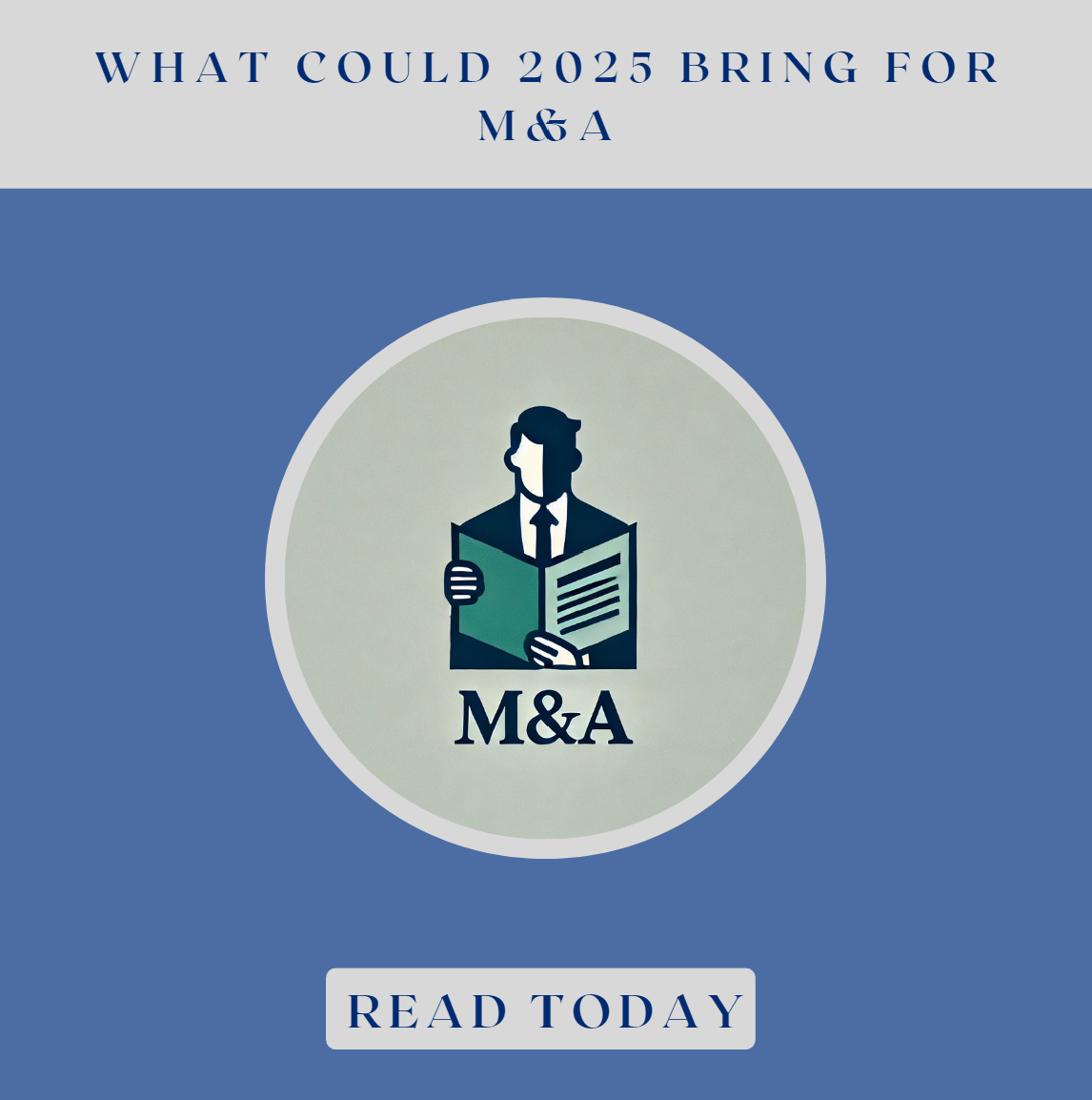1️⃣ Regulatory Adjustments:
Market participants should expect continued focus on technology, finance, and healthcare transactions. The Hart-Scott-Rodino (HSR) Act requires certain mergers and acquisitions to submit detailed information to both the Department of Justice (DOJ) and the Federal Trade Commission (FTC) for review, delaying deal closures until regulators complete their assessment. Significant updates to the HSR Act are slated for February 10, 2025, which will require parties to provide substantially more information and documents with their HSR notifications. These changes are expected to increase the time and costs associated with preparing HSR filings, potentially impacting deal timelines and strategies. Less regulatory focus, however, is expected on private equity transactions, particularly roll-up transactions.
2️⃣ Tax Policy Shifts:
Proposed reductions in corporate tax rates, including a potential drop from the current 21% to 15% for domestic manufacturers, could significantly enhance after-tax earnings and make acquisitions more attractive. This 6% decrease represents a notable reduction, especially for industries relying heavily on manufacturing. However, the expiration of certain provisions from the Tax Cuts and Jobs Act (TCJA) at the end of 2025—such as lower individual tax rates, limits on business interest deductions (which could significantly affect debt-financed transactions), and the Qualified Business Income (QBI) deduction (a 20% deduction for some businesses)—may increase effective tax rates for many small and medium-sized businesses if they are not renewed. Expect significant tax policy in the new administration, some of which may pass under reconciliation rules requiring only majority approval in the Senate rather than the 60-vote threshold..
3️⃣ Industry-Specific Impacts:
- Startups: In 2025, startups could see increased M&A activity as venture capital trends and tax policy shifts drive interest, particularly in tech and fintech. Regulatory updates may further shape opportunities for early-stage acquisitions.
- Technology: The tech sector remains a key driver of M&A activity, with middle-market companies gaining attention. As larger tech firms face heightened antitrust scrutiny, smaller and mid-sized companies may become more frequent targets for acquisitions, offering opportunities for consolidation and market expansion. However, evolving data privacy regulations and compliance costs could influence deal structures.
- Mid-Sized Businesses: Middle-market companies could benefit from stable interest rates, enabling easier financing for acquisitions. However, the expiration of tax provisions (if not renewed) like the Qualified Business Income (QBI) deduction may prompt reassessments of financial strategies and M&A plans.
4️⃣ Interest Rates and M&A:
The Federal Reserve’s decisions on interest rates will heavily influence M&A activity. If rates increase to address inflation, borrowing costs could rise, making it harder to finance deals. On the other hand, stable or lower rates, which are broadly expected in the US and Europe, would make financing acquisitions easier and more appealing and probably lead to greater private equity investment in acquisitions.
At Inspire Business Law Group, we help clients stay prepared for these changes, ensuring they navigate the complexities of M&A with confidence and cost-effective solutions.

